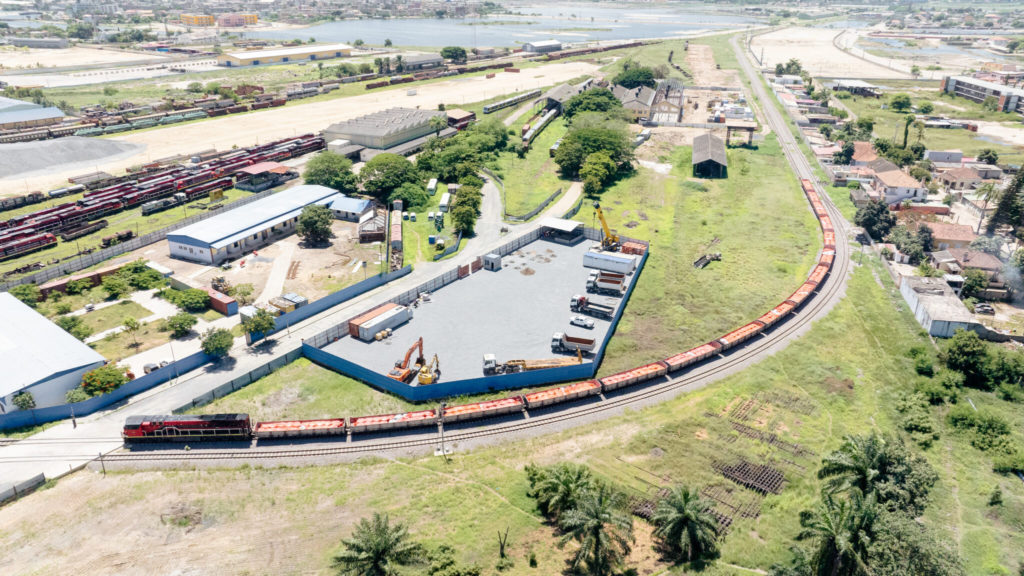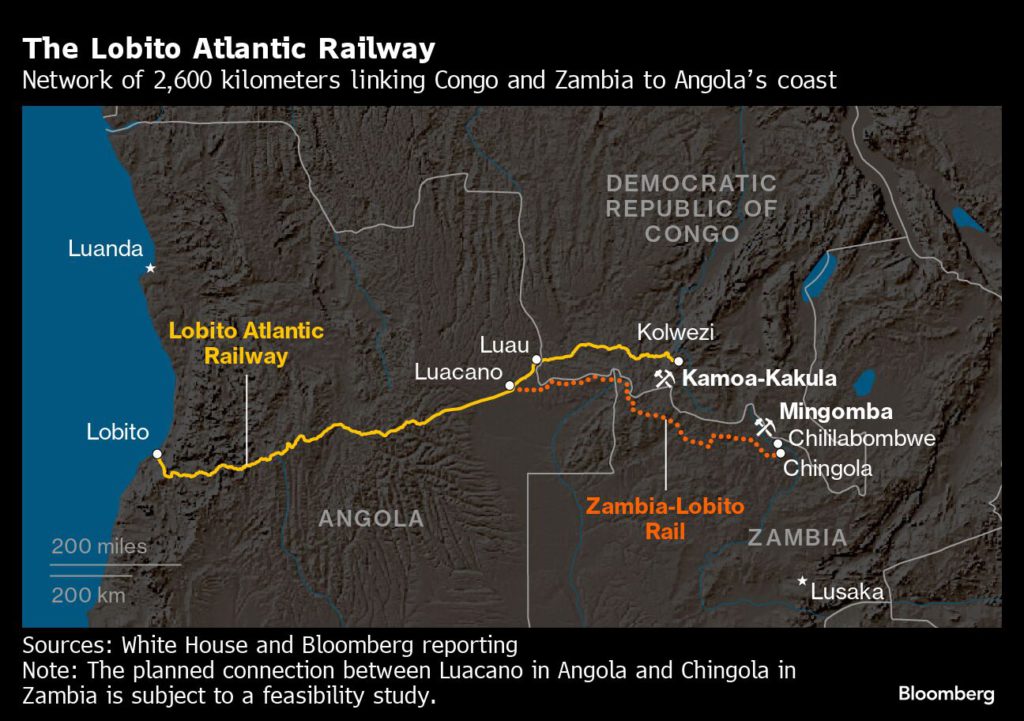
A senior US State Department official reassured African governments that an initiative to help counter China’s influence through developing infrastructure on the continent will continue even after a change in administration.
The flagship of the plan — a railway project known as the Lobito corridor that connects copper and cobalt mines in the Democratic Republic of Congo to an Atlantic port in Angola — is already far advanced, Helaina Matza, acting special coordinator for the Partnership for Global Infrastructure and Investment, told reporters on Wednesday.
“In many ways, there’s a good deal of bipartisan support,” Matza said in response to a question on what a new administration could mean for the Lobito corridor and other efforts. “Especially around how we approach elements of the energy transition and the way that we support clean energy and critical mineral supply chains.”
The Biden administration has championed the Lobito project as part of a Group of Seven infrastructure plan. The program aims to deploy $600 billion by 2027 to close the infrastructure gap around the world to counter China’s Belt and Road Initiative and secure access to minerals critical to the energy transition. Yet questions have emerged whether Donald Trump would continue the effort if he wins US presidential elections in November.

“Every dollar that you have heard — that’s announced already — is in motion,” said Matza. “What we’re focused on right now is how do we identify those last pieces that we need to get moving.”
The International Development Finance Corp. board approved a $553 million loan for the Lobito Atlantic Railway in June, and completed Congressional notification in mid-July. The group of companies that won the concession to operate the rail line linking Angola’s Lobito port to the Congo border expects the first disbursement in the first quarter of 2025.
The central African copperbelt that Zambia and Congo share has become the center of a regional railway revival, as companies and governments seek to ensure there’s enough transport capacity to bring in supplies and boost exports of metals.
Currently 80% of goods on the continent are transported by road with truck journeys to ports sometimes taking more than a month, often with days-long border queues.
Zambia is also eying the revitalization of another historic railway route to Dar es Salaam port in Tanzania. The governments aim to sign a deal next month with China Civil Engineering Construction Corp. for the state-owned company to take over the concession of the Tanzania-Zambia, or Tazara, line and operate it commercially.
While the US has said it wants to connect Lobito to the Tanzania coast via a trans-African railway, it’s unclear whether the new Tazara concessionaire would be open to this.
“We think it’s really important to leverage existing infrastructure,” Matza said. “If we are given an opportunity to find a way to create some compatibility and open access connectivity between the work that we’re doing and Tazara and or other existing rail lines, we’re certainly going to do everything we can to pursue that.”
(By Matthew Hill)
Comments